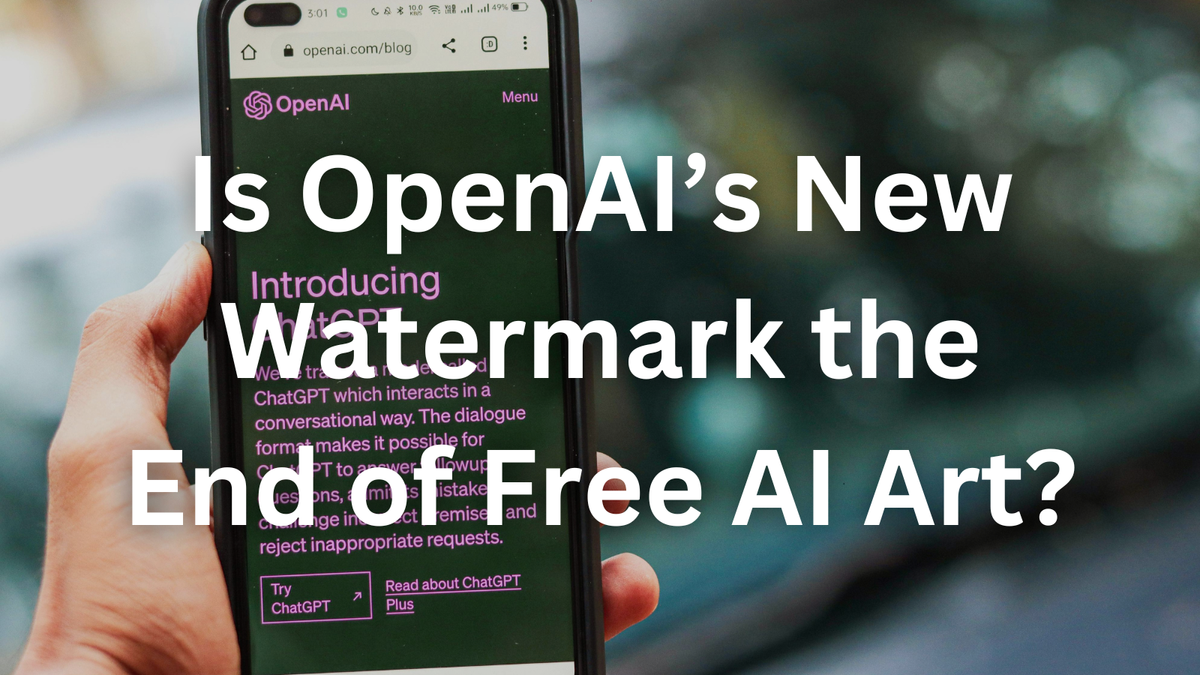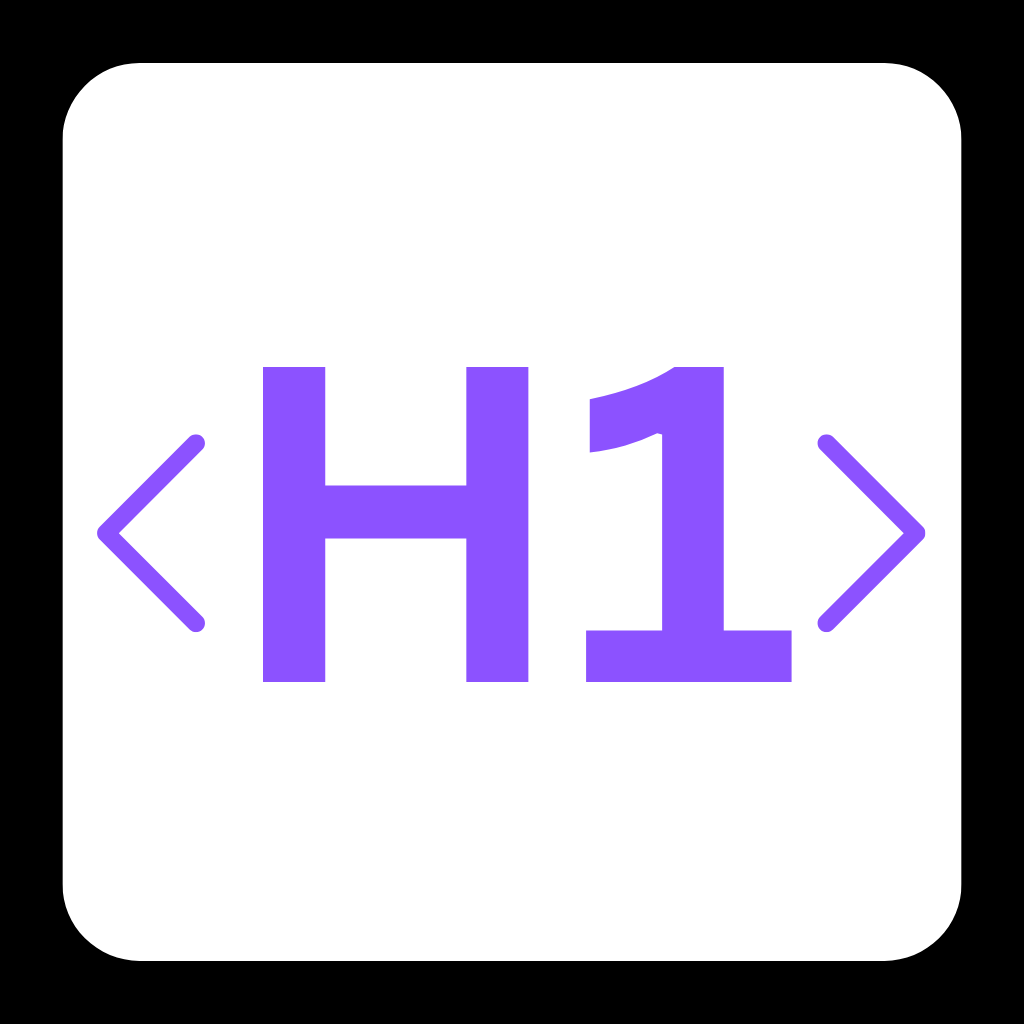Is OpenAI’s New Watermark the End of Free AI Art?

OpenAI is drawing a line in the sand between free and paid AI art—and it’s all about control. The company is testing watermarks for images generated by ChatGPT-4o’s viral ImageGen model, but only for free users. Paid ChatGPT Plus subscribers? They get pristine, watermark-free creations. Is this a necessary step to curb misuse, or a push to monetize creativity? Let’s dive in.
🎨 The Problem: AI Art’s Copyright Wild West
- 📈 Studio Ghibli-Style Explosion: Users are flooding platforms with AI-generated art mimicking iconic styles like Studio Ghibli’s, raising copyright concerns.
- 🌐 Free Access = Free-for-All: OpenAI recently opened ImageGen to free users, amplifying its reach—and potential misuse.
- 🖼️ Attribution Crisis: Without watermarks, AI-generated images can easily be passed off as original human work, muddying ownership.
- 💡 Underlying Motive: OpenAI isn’t just protecting artists—it’s safeguarding itself from legal risks as AI art floods the web.
✅ OpenAI’s Solution: Pay to Play (Without the Stamp)
- 🔒 Watermarks for Free Tier: Free users’ images will carry subtle identifiers, while ChatGPT Plus subscribers ($20/month) get clean files.
- 🚀 ImageGen API Coming Soon: Developers will soon integrate this “visually fluent” model into apps, per OpenAI’s blog—likely with tiered access.
- 💸 Monetization Strategy: Pushing free users to upgrade unlocks OpenAI’s dual goal: scaling adoption while monetizing heavy creators.
- 🎯 Why It Works: The model’s ability to generate text-in-images (e.g., posters, memes) makes it a tool worth paying for.
⚠️ Challenges: Can Watermarks Even Work?
- 🚧 Tech Limitations: Watermarks can be cropped or edited out—OpenAI hasn’t clarified if they’re metadata-based or visual.
- 😠 User Backlash: Free users might revolt if watermarks feel punitive, driving them to rivals like MidJourney or Stable Diffusion.
- ⚖️ Legal Gray Zones: Who owns the watermark? If OpenAI’s model trained on copyrighted art, lawsuits could upend the plan.
- 🔄 Shifting Plans: As researcher Tibor Blaho spotted, OpenAI is still testing—this feature might never fully launch.
🚀 Final Thoughts: A Necessary Evil—For Now
OpenAI’s watermark gamble hinges on two factors: 📈 making watermarks hard to remove technically, and 📉 convincing users they’re a fair trade for free access. If successful, it could set a precedent for AI art ethics. But if users flee or legal challenges erupt, the plan might collapse faster than a poorly generated anime skyline.
What do you think? Should AI art always be watermarked—or is OpenAI stifling creativity?
Let us know on X (Former Twitter)
Sources: Mayank Parmar. OpenAI tests watermarking for ChatGPT-4o Image Generation model, April 6, 2025. https://www.bleepingcomputer.com/news/artificial-intelligence/openai-tests-watermarking-for-chatgpt-4o-image-generation-model/










